Few sights prove more appealing than well-kempt lawns decorating properties throughout a neighborhood. Some homeowners believe lawn care only occurs during the spring and summer months. That said, creating a lush, green, healthy lawn truly depends on how well one protects it during the cold winter months. Learn 15 winter lawn preparation tips here.
Rid the Lawn of Weeds

Failing to address a weed problem before winter sets in could result in serious problems come springtime.
©Aleksandar Cholanchevski/Shutterstock.com
Weeds like dandelions grow persistently. Furthermore, these pesky plants often thrive in cooler temperatures. Therefore, landscape industry professionals urge homeowners to treat their lawns with weed-killing chemicals during the early fall. Doing so prevents seeds produced by these lifeforms from spreading into the grass during the summer months and growing as soon as spring arrives.
Fill Existing Bare Spots

Bare spots should be filled before the fall ends to ensure grass looks healthy and consistent upon spring’s arrival.
©Joanne Dale/iStock via Getty Images
Bare spots on a lawn stick out. Fortunately, however, laying down seeding during the fall addresses these eyesores. Grass still grows in September and October. Moreover, filled bare spots often grow quickly and thrive once the calendar turns to spring. However, to ensure the best results, seeding must be watered regularly. Moreover, property owners must stay off the newly planted grass to enable its roots to properly formulate.
Adjust Irrigation Schedules
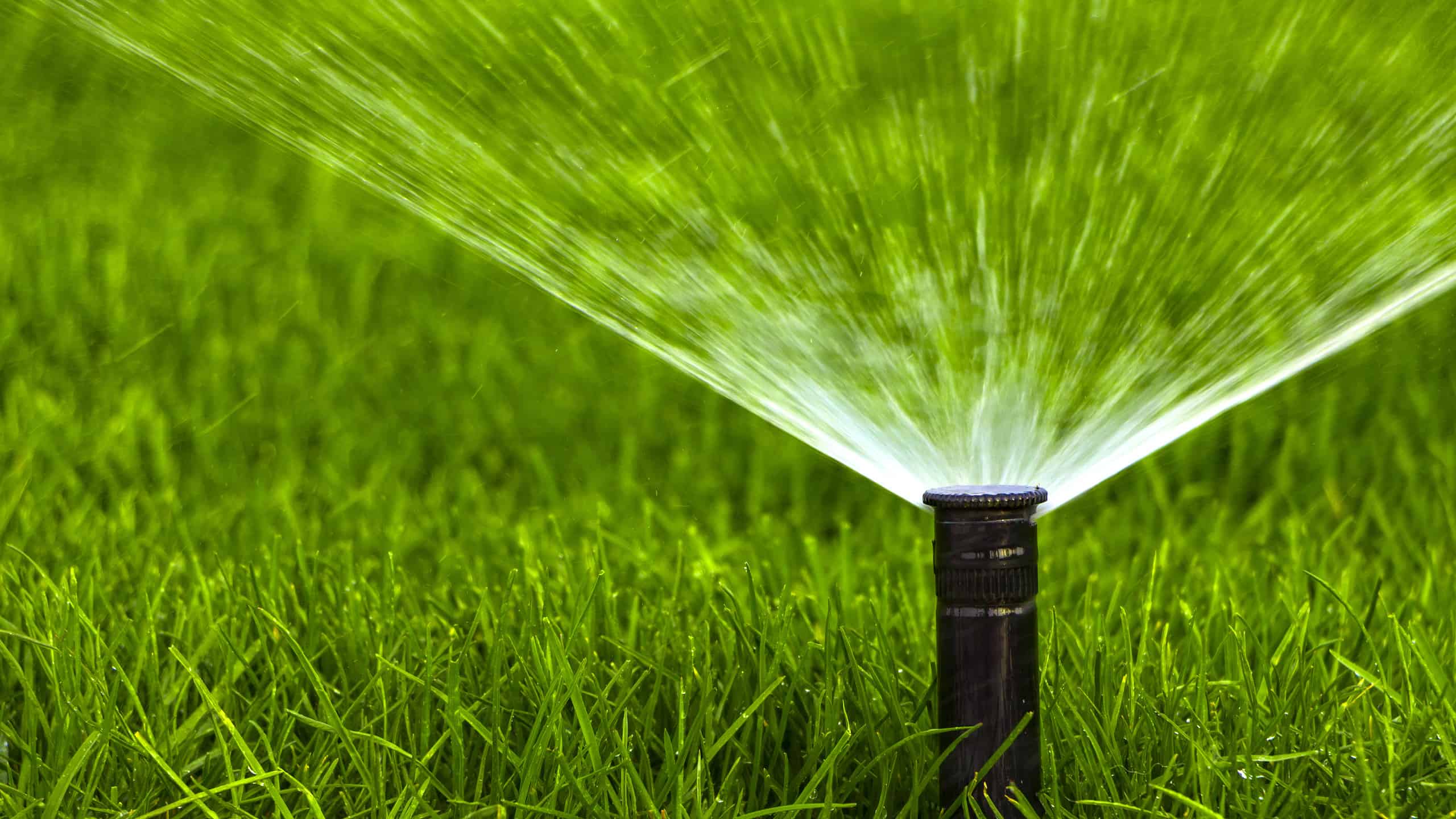
Property owners should water their lawns less frequently during fall.
©iStock.com/MaYcaL
Lawn care professionals urge customers to water their lawns less frequently during the fall. As temperatures drop, grass becomes less reliant on water. As an added bonus, using less water reduces a homeowner’s water bills and helps the environment by conserving large quantities of water. The only grass requiring consistent irrigation during the fall is seeds filling bare spots.
Rake Leaves
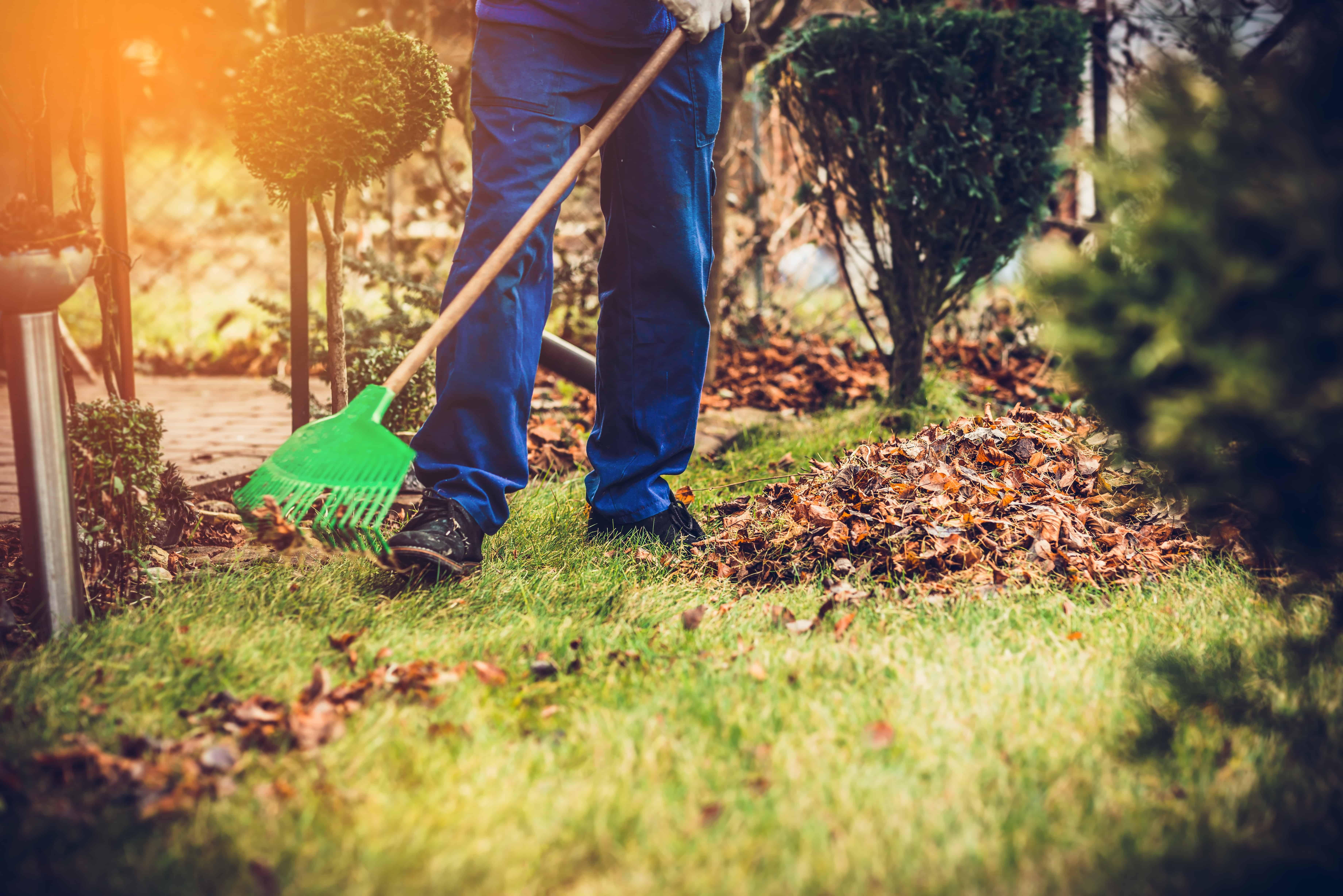
Raking leaves prevents grass injury.
©BOKEH STOCK/Shutterstock.com
Do not allow leaves to pile up. A large collection of leaves often injures grass blades, which could stunt grass’s growth or result in ugly bare spots. Moreover, leaves deprive grass of the sunshine needed for proper growth. Without access to adequate sunshine, a lawn would more than likely not survive the winter. Therefore, even a moderate accumulation of leaves must be raked immediately.
Fertilize
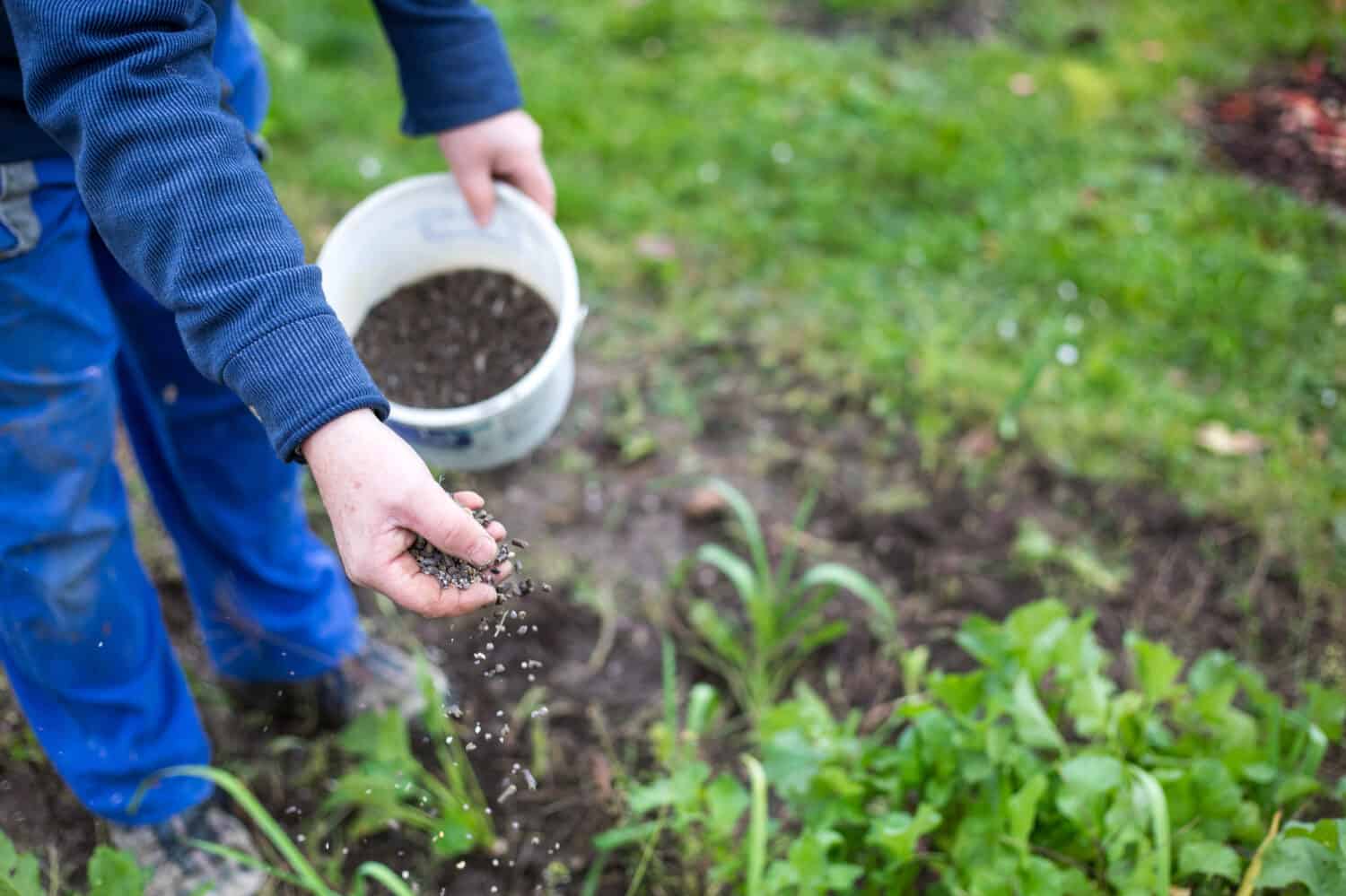
Fertilizers provide lawns with added nourishment.
©Simon Kadula/Shutterstock.com
Fertilizers benefit lawns much like vitamins nourish people. These products contain nutrients grass requires to thrive and remain healthy. Therefore, treating lawns with fertilizer in the fall provides the added oomph they need to pass through the winter unscathed.
That said, homeowners must apply a product most compatible with their lawn. Factors determining compatibility include the property’s geographic location and climate. Landscaping professionals or home improvement retailer employees often serve as good sources to consult for advice.
Mow
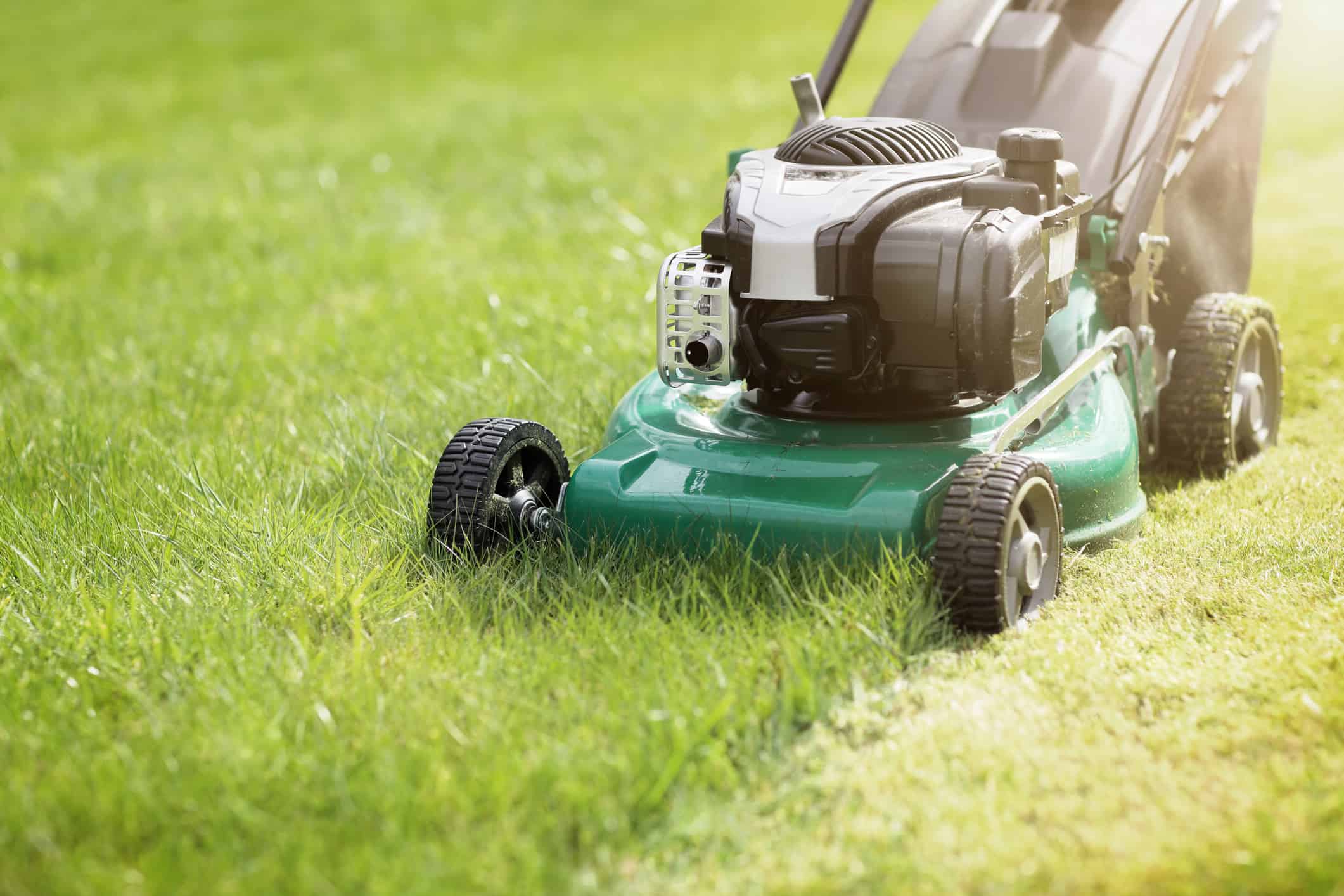
Lawn mowing in the fall keeps grass healthy and well-kempt through the winter.
©BrianAJackson/iStock via Getty Images
Grass continues growing during the fall season. Ergo, property owners must mow their lawns throughout the fall and not stop until the grass stops growing for the season. Typically, this occurs in late October or early November. Properly maintained lawns stand a better chance of thriving right out of the gate come springtime.
Aerate
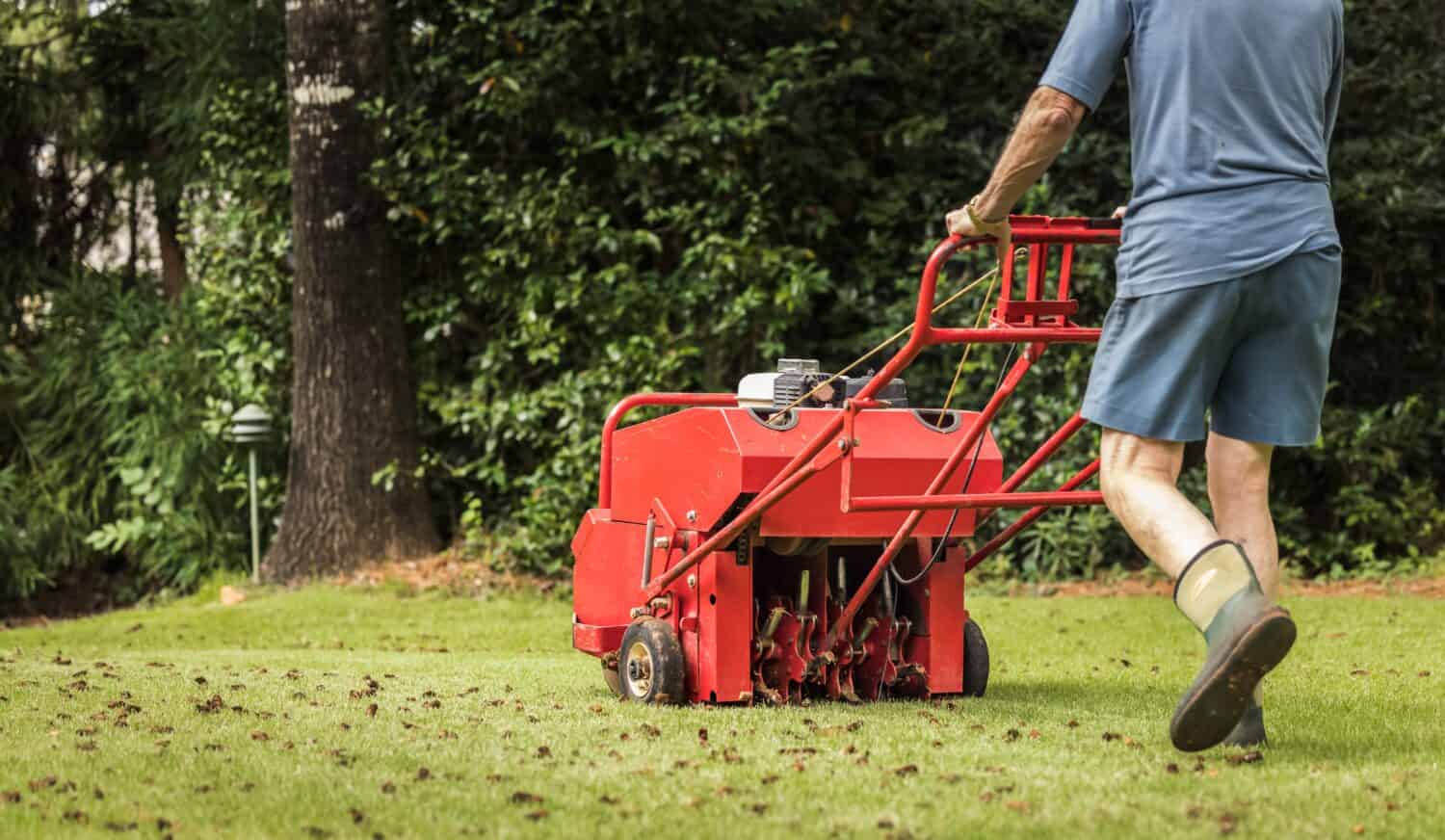
Aerating grass enables it to better absorb important water, sunlight, and other important nutrients.
©The Toidi/Shutterstock.com
The aeration process involves creating holes in a lawn’s soil. This action enables a greater amount of air, water, and nutrients to enter the grass’s roots providing healthy nourishment throughout the winter. When performed correctly, aeration promotes deeper root growth resulting in a greener, lusher-looking lawn come spring. Typically, this process is completed using an aerating machine.
Spread Compost
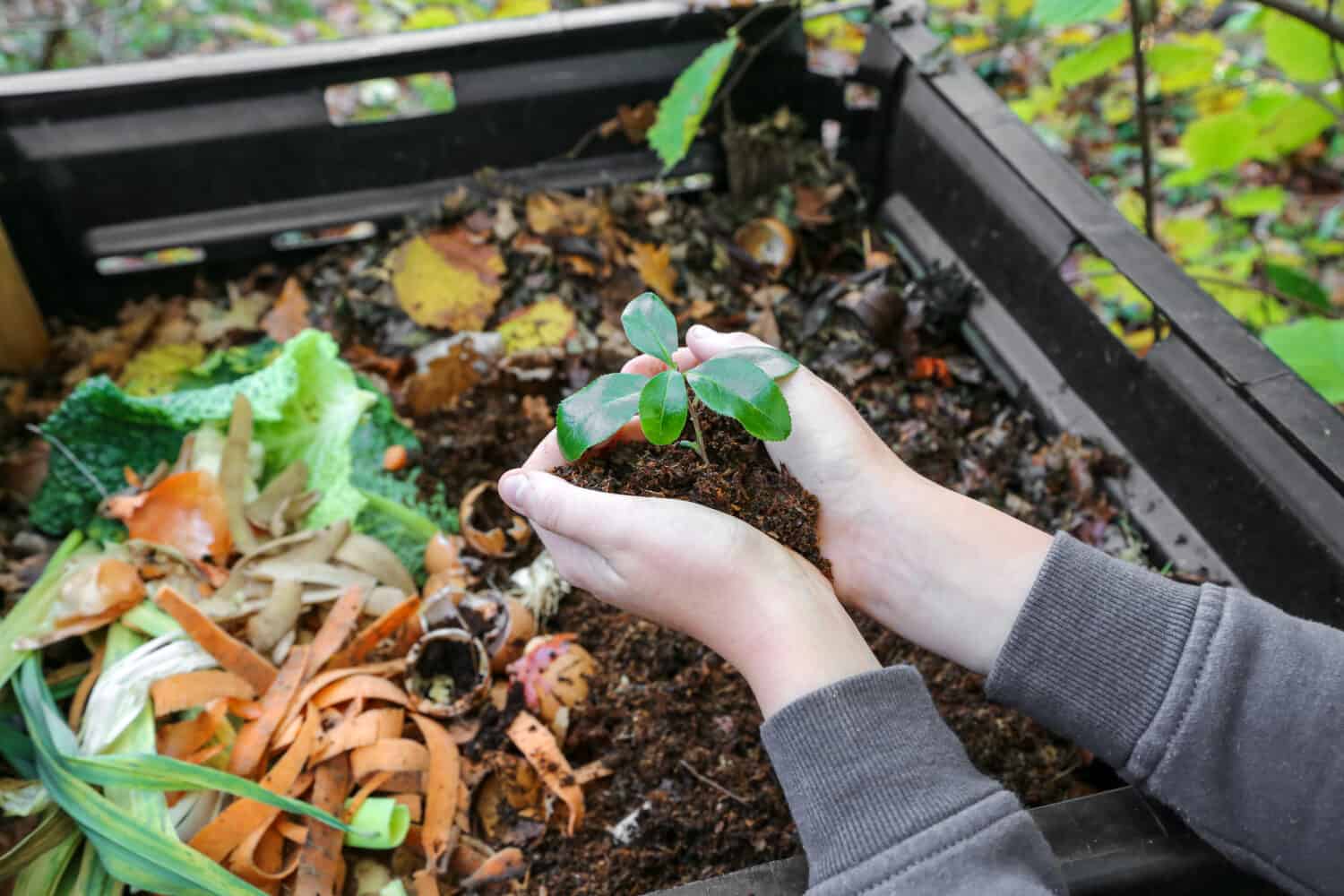
The degraded materials making up compost serve as a good fertilizer for lawns.
©Jerome.Romme/Shutterstock.com
Compost is a mixture of degraded plants and other environmental waste products. Lawn care professionals suggest homeowners spread this material throughout their lawns. Doing so fills large gaps created during aeration and provides solid fertilizer for the surrounding soil.
Keep Lawn Clean

Objects on the grass like lawn chairs may cause damage and deprive it of sunlight.
Remove items like lawn chairs or any other type of debris from the grass before winter sets in. Maintaining a clean lawn protects the grass from injury and ensures the lifeform receives adequate sunlight.
Stay Off the Lawn
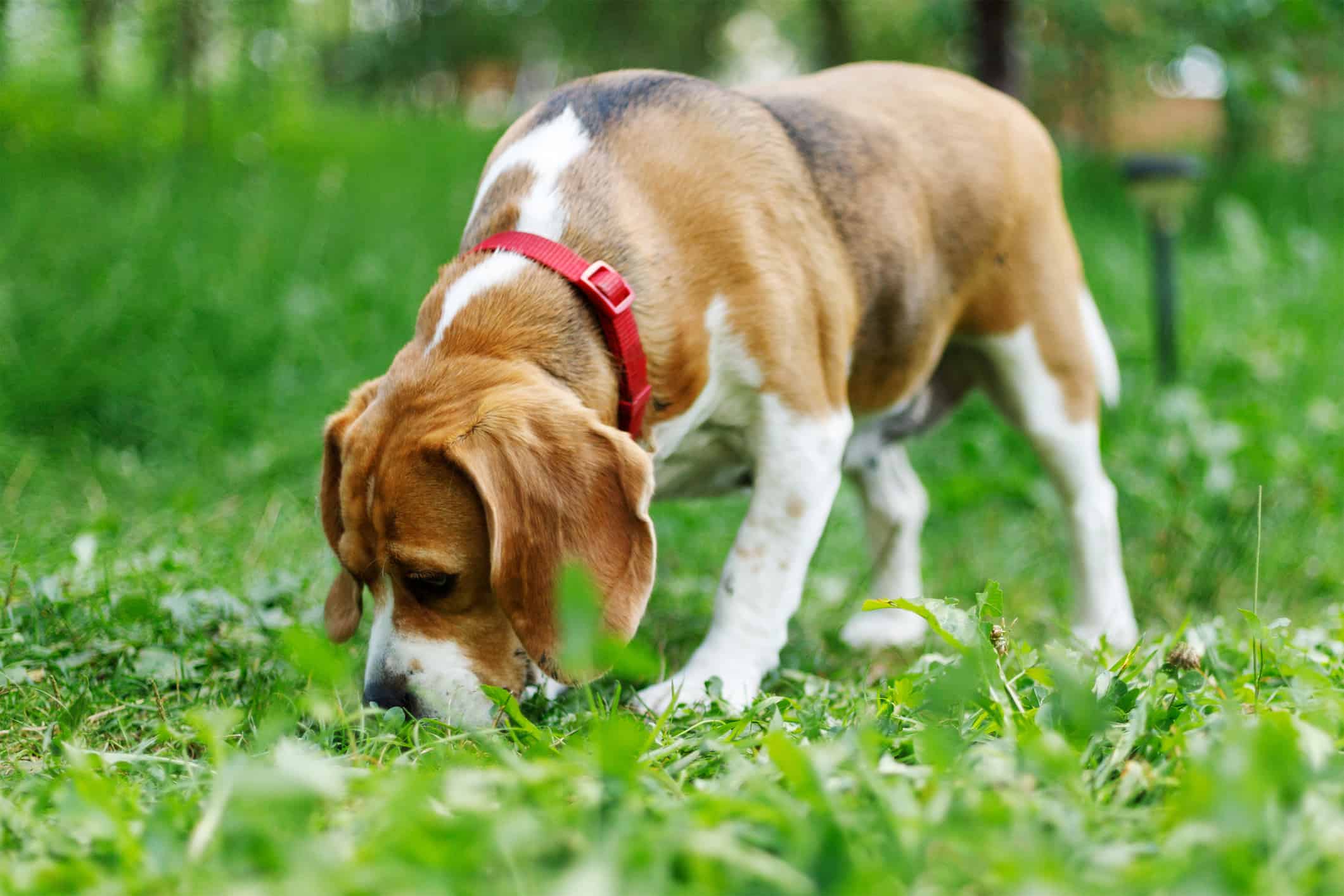
Grass that is walked over continually during the winter could sustain injury.
©Andrii Zastrozhnov/iStock via Getty Images
Landscapers urge their customers to stay off their lawns as much as possible during the fall and winter seasons. This action allows the grass to breathe, avoid injury, and better absorb necessary nutrients.
Adjust Lawnmower Blade Height
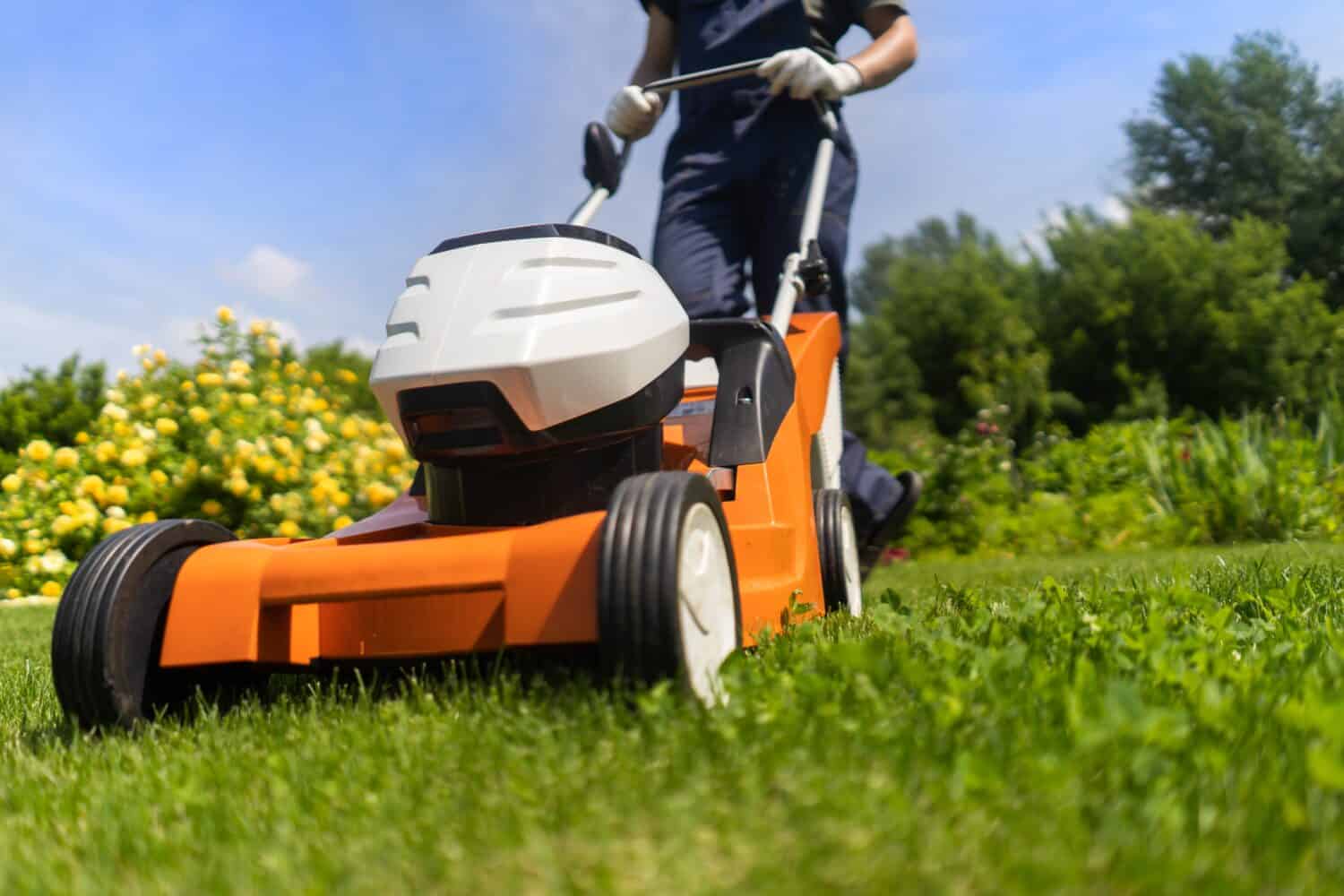
A lawnmower’s blade should be adjusted during the fall mowing season.
©africa_pink/Shutterstock.com
Landscapers urge homeowners to raise their lawnmower’s blade anywhere from one-half to one inch in preparation for the last few mowings of the fall season. This effort preserves larger portions of a grass blade’s leaf. With a greater amount of the leaf intact, grass absorbs increased levels of sunlight making it better equipped to stay strong and healthy through the winter.
That said, when planning the fall season’s final mow, the blade should be lowered roughly one-half inch. Taking such action ensures grass blades are too short to accumulate excessive amounts of snow and ice, which carry the potential to damage surrounding roots.
Dethatch
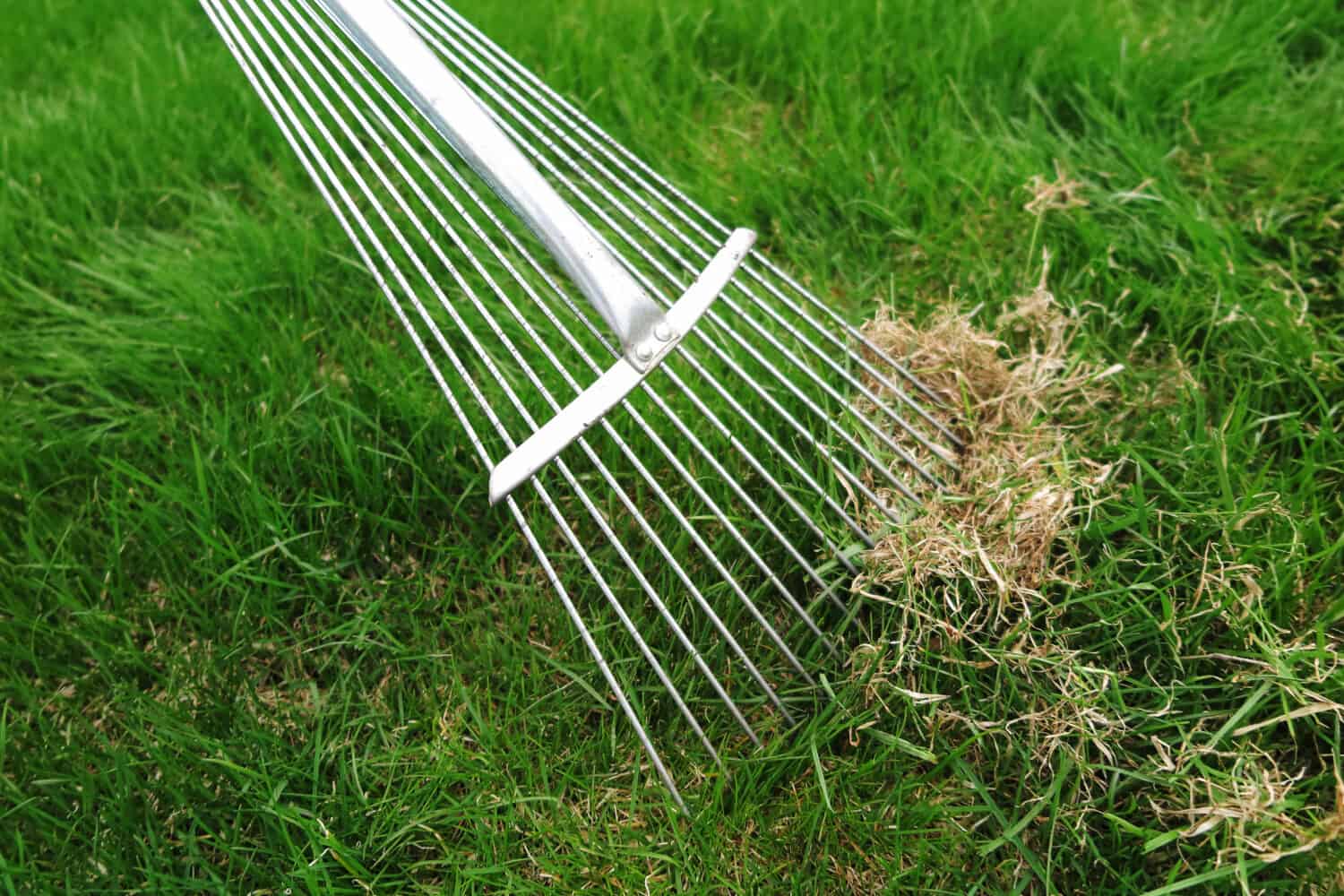
Dethatching rids the lawn of dead grass.
©photowind/Shutterstock.com
The dethatching process involves eliminating dead grass from a lawn. Dead grass, which is also known as thatch, interferes with a lawn’s ability to absorb sunlight, water, and other necessary nutrients. Typically, dethatching is completed using a thatch rake.
Properly Maintain Surrounding Trees and Shrubs

Proper maintenance of a property’s surrounding landscape is key to a healthy lawn.
©Simone Hogan/Shutterstock.com
Unkempt trees and shrubs surrounding a lawn often block the grass from obtaining sunlight. Moreover, neighboring shrubs or trees infected with pathogens like fungi or insects could spread onto the lawn. Therefore, homeowners must adequately maintain all landscaping
Treat Ice Formations Quickly

Ice often causes fallout capable of negatively impacting a lawn.
©Akiromaru/iStock via Getty Images
Ice formations near driveways and walkways surrounding a lawn often impact grass negatively. When temperatures rise during the spring and solid turns to liquid, lawns often become oversaturated. Therefore, property owners must treat ice formations using salt and other melting agents. However, be sure to keep these products off the grass as much as possible.
Avoid Procrastination

A fall lawn care maintenance plan takes time to formulate and implement.
©Rawf8/iStock via Getty Images
Landscaping professionals urge property owners to avoid procrastination. Planning should start in the early fall and all steps be completed as soon as possible. By the first frost, it is too late.
Summary of Winter Lawn-Preparation Tips
| Tip | Benefit |
|---|---|
| Rid the lawn of weeds | Prevent a weed problem in the spring |
| Fill bare spots | Promote grass growth |
| Adjust the irrigation schedule | Prevent oversaturation |
| Rake leaves | Increase sunlight exposure |
| Fertilize | Increase grass growth |
| Mow | Increase nutrient absorption |
| Aerate | Increase nutrient absorption |
| Spread compost | Increase grass growth |
| Keep the lawn clear | Protect grass from injury |
| Stay off the lawn | Protect grass from injury |
| Adjust mower height | Increase nutrient absorption |
| Dethatch | Increase nutrient absorption |
| Maintain surrounding trees and shrubs | Protect grass from injury and illness |
| Prevent ice buildup | Protect against oversaturation |
| Avoid procrastination | Ensure the job gets done |
Thank you for reading! Have some feedback for us? Contact the AZ Animals editorial team.








